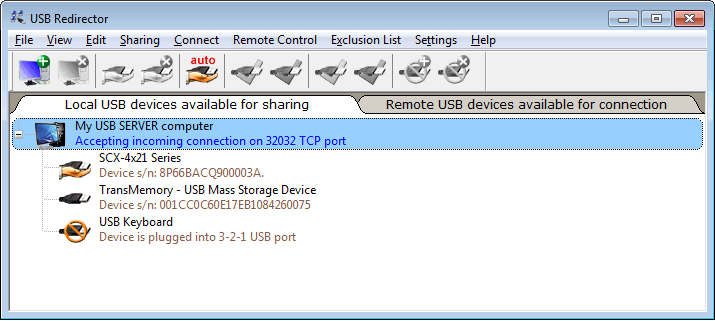

Select Allow or Deny from the drop-down list. Specifies the action to take for connections sent over non-standard ports that the TCP-UDP proxy does not identify as HTTP, HTTPS, SIP, FTP, IMAP, POP3, or SMTP traffic. The HTTPS proxy action applies to TLS/SSL requests on all other ports. The selected proxy actions apply only to TLS/SSL requests on these ports: For more information, see IMAP-Proxy: TLS, POP3-Proxy: TLS, and SMTP-Proxy: TLS. Configure the TLS settings in the selected proxy action. These options are available only when IMAP, POP3, or SMTP proxy actions are selected. To make sure that your Firebox operates correctly, you cannot select the Allow option for the FTP protocol. If you do not want your Firebox to use a proxy action to filter a protocol, select Allow or Deny from the adjacent drop-down list.

TCP-UDP proxy action support for POP3 and SMTP is available in Fireware OS v12.2 and higher.įor each of these protocols, from the adjacent drop-down list, select the proxy action to use to manage this traffic. TCP-UDP proxy action support for IMAP is available in Fireware OS v12.1 and higher. The TCP-UDP-proxy can pass HTTP, HTTPS, SIP, FTP, IMAP, POP3, and SMTP traffic to proxy policies that you have already created when this traffic is sent over non-standard ports. TCP-UDP Proxy Action redirection settings configuration in Policy Manager TCP-UDP Proxy Action redirection settings configuration in Fireware Web UI

#Tcp redirector how to
In the TCP-UDP Proxy Action redirection settings, you can specify how to redirect traffic sent over non-standard ports.
#Tcp redirector windows
Windows Vista, 7, 8, 10 and Server 2008, 20ĭownload the latest version of Secure Com Port Redirector. IBM or compatible Pentium III 500 MHZ or higher
#Tcp redirector serial
With SCPR installed at each machine, PCs that were formerly ‘hard-wired’ by serial cabling for security purposes or to accommodate applications that only understood serial data can instead communicate over an Ethernet network or the Internet. SCPR can also be used to create secure COM Port-based connections between PCs over Ethernet. Currently, Lantronix’s SecureBox family of external device servers and versions of XPort, WiBox and Micro125 embedded solutions support this advanced Rijndael AES. To take advantage of SCPR, device servers must support the Rijndael AES encryption. Additionally this enhanced communication from centralized applications to remote devices, without the need to modify the application or device, breathes new life into legacy equipment. Sensitive information can be transmitted to and from remote equipment over the network or the Internet with the confidence of the highest level of security. Those devices can then be managed from virtually anywhere without the threat of compromising data security.
#Tcp redirector software
This enables COM-based software applications to communicate securely over a network or the Internet to remote serial devices. Using standard TCP/IP protocols and advanced encryption algorithms, SCPR maps ‘virtual COM Ports’ to Lantronix device servers and encrypts the data at both ends of the communication. This unique and easy-to-manage product extends the functionality of COM port-based Windows applications. Lantronix has addressed this critical requirement with Secure Com Port Redirector (SCPR). With the proliferation of information in today’s electronic world, businesses are more concerned than ever about protecting data from unwanted intrusion as it is transferred over a network or the Internet. SCPR is a Windows® application which creates a secure communications path over a network between the computer and electronic serial-based devices that are traditionally controlled via a COM Port. Small Form-factor Pluggable (SFP) Transceivers.


 0 kommentar(er)
0 kommentar(er)
